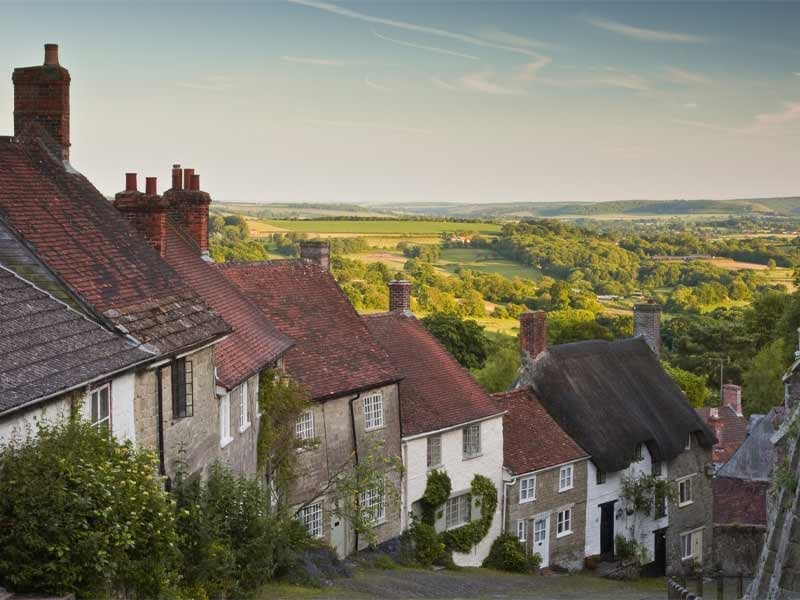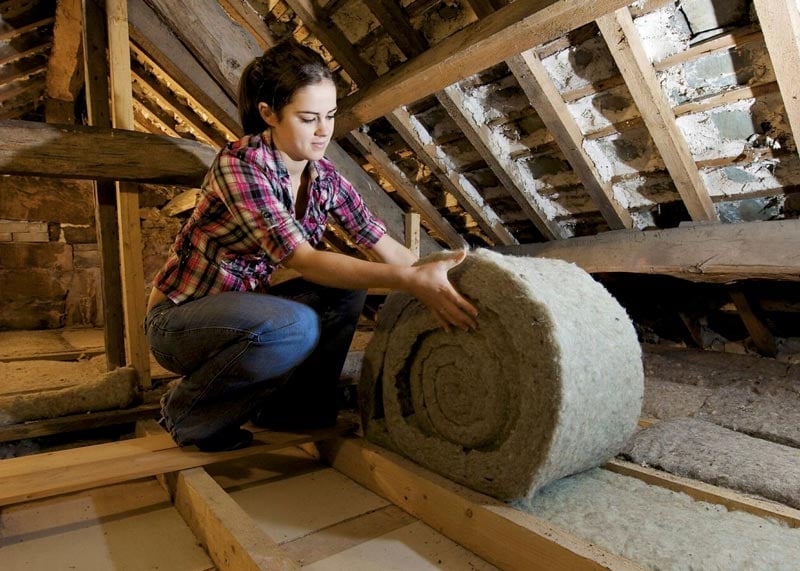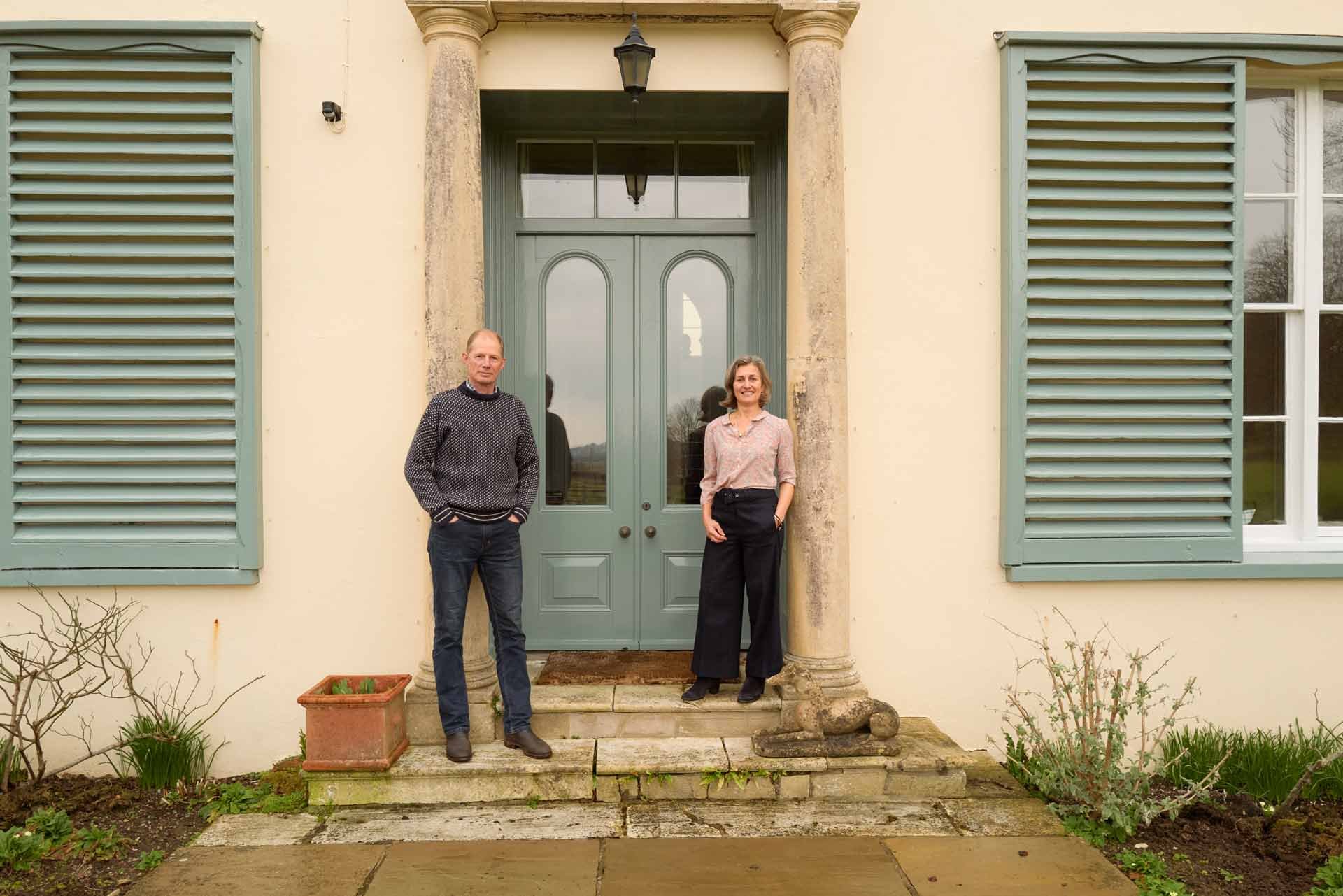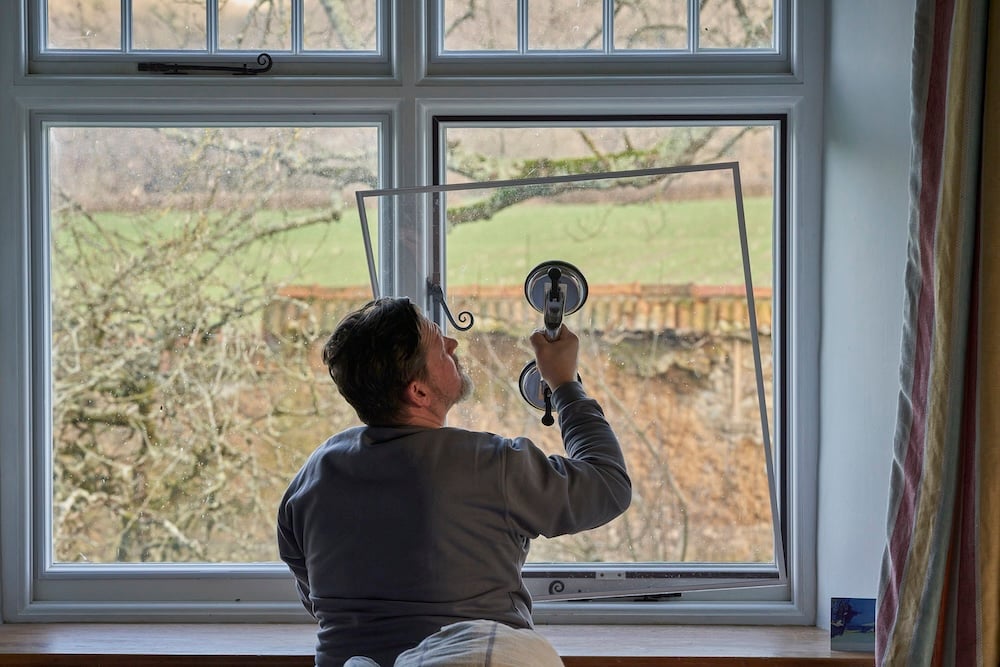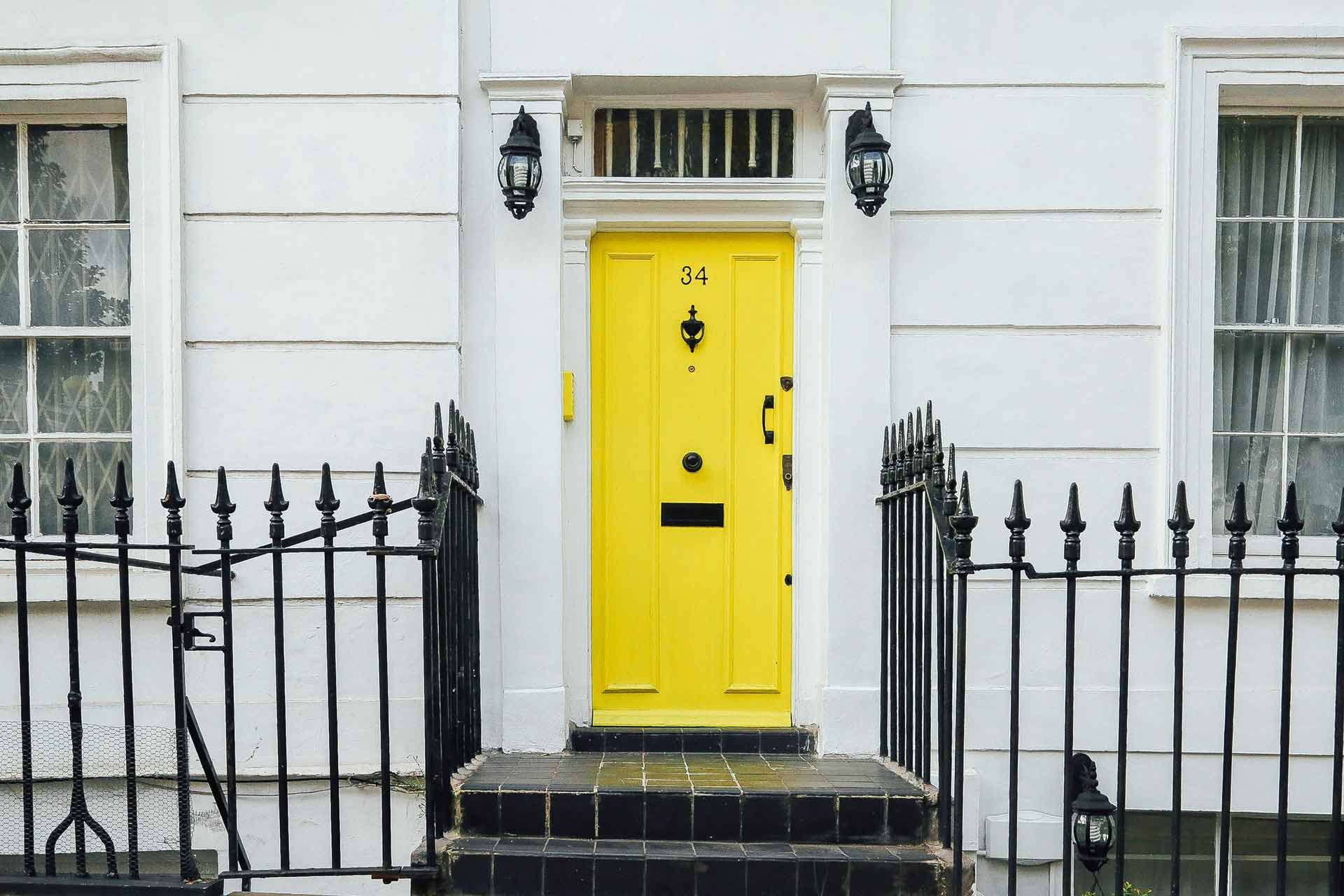You recycle, are flight conscious and reduce plastic use to protect the planet for future generations, but have you thought about the role your listed property can play in reducing your carbon footprint? Mukti Mitchell of Mitchell & Dickinson has some ideas to consider
‘The good news is that even listed properties can achieve carbon neutrality,’ says the insulation specialist and founder of Mitchell & Dickinson. ‘But it needs to be done with skill to ensure the biology of the building continues to work as it has for hundreds of years.’
The three steps to carbon neutrality are: conserve, switch and sequester. ‘”Conserve” means to reduce energy use by making the system more efficient,’ says Mukti, ‘and in most systems this can reduce energy use by 80%. “Switch” means to switch the source of energy to clean, renewable electricity and the final stage is “sequester”: planting trees to reduce the CO2 already in the atmosphere.’
For listed properties, this means insulating thoroughly to cut heat loss, using an air or ground source heat pump to generate heat efficiently from electricity, switching energy provider and installing a ventilation system to ensure that air quality is kept at excellent standards.
‘Before starting insulation,’ says Mukti, ‘deal with any faults in the property such as leaks, cracks in the render and rising damp. A thorough building survey by a surveyor with experience in retrofitting older properties will reveal what needs to be fixed.
‘Once you’ve dealt with any issues, the low hanging fruit of insulation are loft insulation (using a natural solution such as sheep’s wool which has lower carbon emissions in its manufacture), draught proofing and secondary or double glazing.
The most efficient way to keep a building warm is to seal draughts as much as possible and then fit mechanical ventilation. This gives control of ventilation so that you can stay warm while ensuring the right levels of airflow. ‘Professionally fitted, elegant draught proofing solutions can be hidden in the rebates of windows, make them open more smoothly and last for decades,’ says Mukti.
Wall and floor insulation
Other (more invasive but also more effective) ways of reducing your home’s carbon footprint are to install wall and floor insulation. These are more expensive but, with rising energy prices, can provide an excellent return on investment.
Mukti warns caution over considering installing cavity wall insulation due to its potential to transmit moisture and cause problems to the fabric of the building. For solid walls you’ve a choice of external wall insulation or internal wall installation, ’although the latter does come with a risk of interstitial condensation, in which moisture is trapped inside the sandwich,’ says Mukti.
You could consider lime plaster as an interior coating to your walls as it allows moisture to evaporate out of the walls.
Insulating draughty windows
‘Insulating the windows in your period property is an easy way to conserve heat and therefore reduce energy use,’ says Mukti.
‘They’re prone to draughts from ill-fitting frames and single glazing doesn’t do a good job of keeping a room warm. If double glazing is out of the picture due to listing considerations, secondary glazing provides a very effective second layer that traps air between the two panes and works just like double glazing. Mitchell & Dickinson’s advanced secondary glazing system, which is designed specifically for period windows, is unlike other systems because it doesn’t sacrifice the elegant aesthetic of the property’s original features.’
So how effective are these measures when done in conjunction? ‘Once you have made the building ready, insulated it, achieved a good level of airtightness and fitted ventilation, the overall energy used for heating it can be been reduced by 80%,’ asserts Mukti.
Choose renewable energy
‘The final step to achieve carbon neutrality is to switch your energy source to clean, renewable electricity,’ he continues. ‘Biofuel such as woodchip and plant oil create even more CO2 than fossil fuels at point of use, and while this is theoretically absorbed by new plants growing where the old ones were cropped, the timescales to absorb the full amount are usually beyond the window for averting climate change.
‘Because electricity is a relatively expensive fuel, it’s advantageous to use heating systems that multiply the energy. These are called heat pumps and are either ground source or air source. With any other type of electric heater if you put in 1 kWh of electricity, you get 1 kWh of heat, however with heat pumps if you put in 1 kWh of electricity you typically get 3-4 kWh of heat.’
Ground source heat pumps require pipes to be laid in an area four times the footprint of the house while air source heat pumps require a fan to be situated on the outside of the building, like an air-conditioning system.
‘The final important point to make is that it’s relatively easy to get a good design for retrofit from an architect with experience in this field. However, many projects fail to reach the efficiency levels expected because installation is not done with the meticulous attention to detail required. Look for installers who demonstrate an interest in the environment as this suggests their minds are focused on the end result – not just on finishing the job.’
